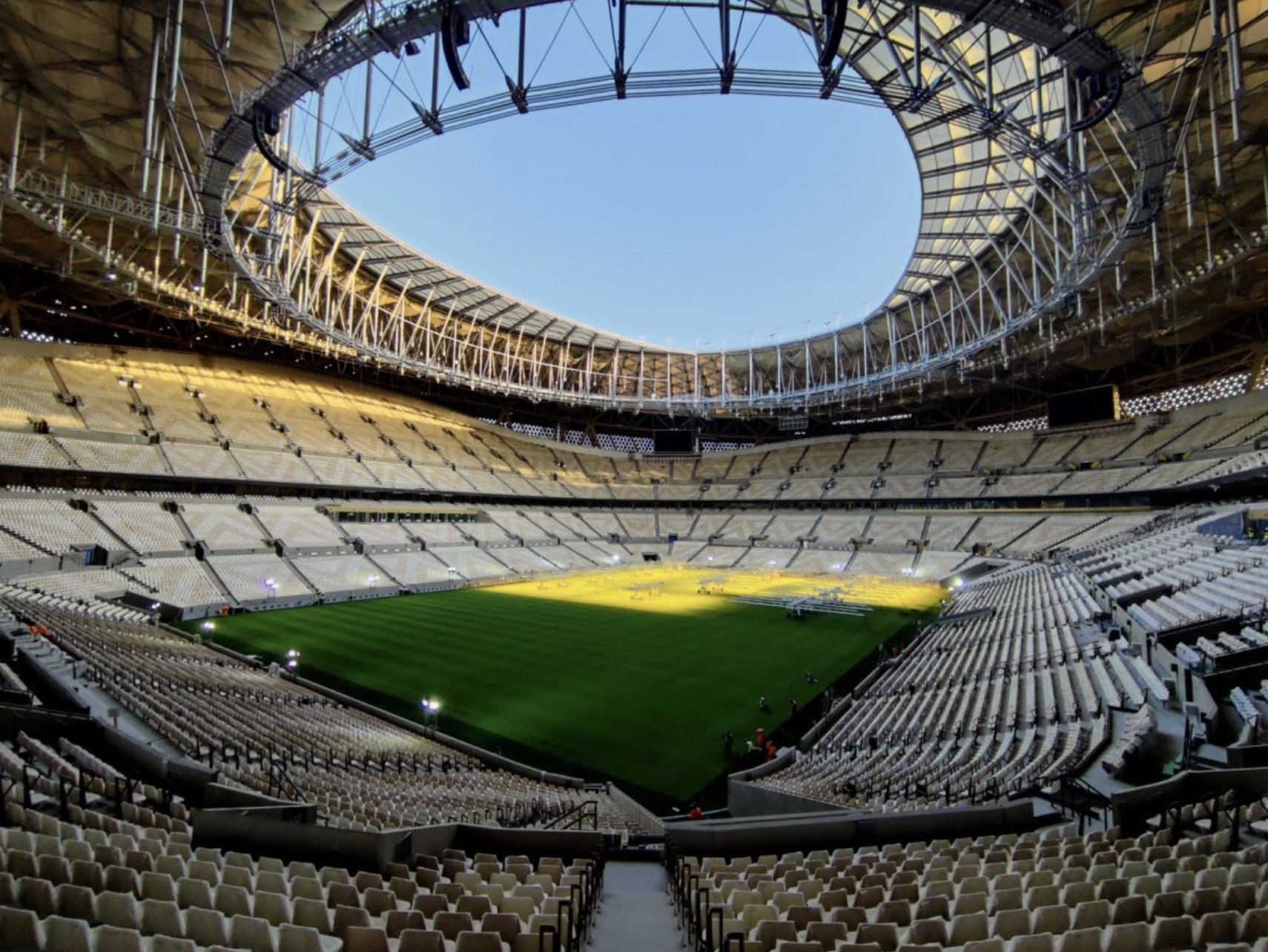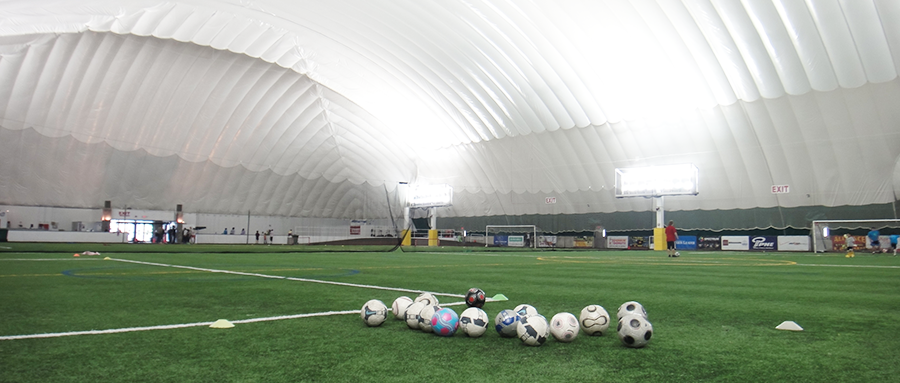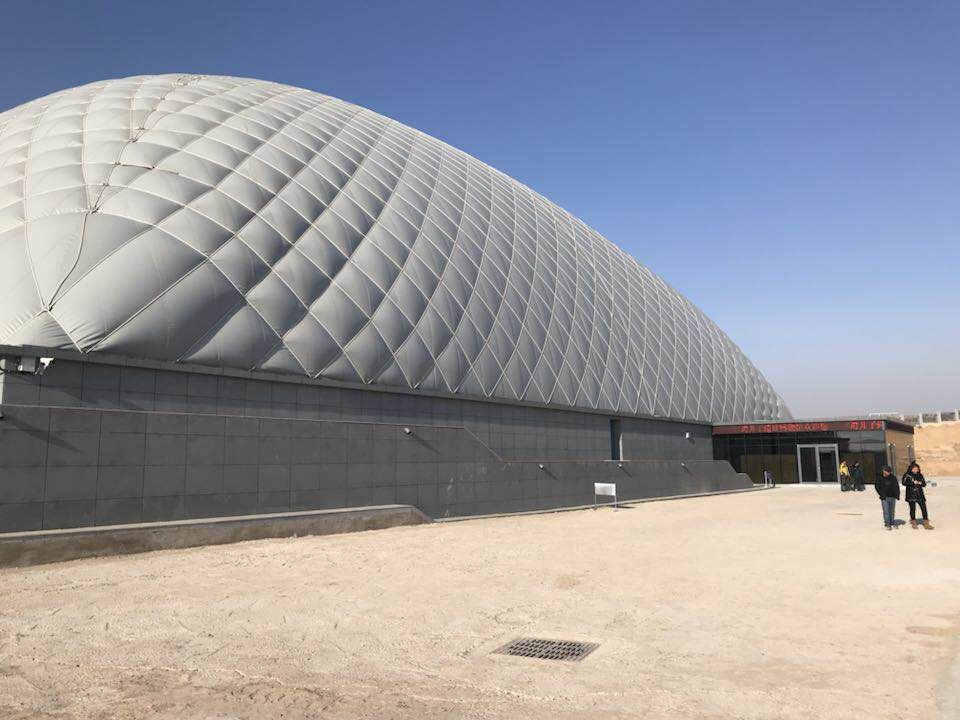News
Site Editor
 Site
/uploads/image/677267645dfcf.png
The demolition of Qatar World Cup venues has triggered thinking. With its advantages of sustainability, flexibility, and environmental control, air dome buildings are expected to become the standard for future sports venues. The article discusses the advantages, challenges and future application scenarios of air dome construction, and provides relevant reference materials.
Site
/uploads/image/677267645dfcf.png
The demolition of Qatar World Cup venues has triggered thinking. With its advantages of sustainability, flexibility, and environmental control, air dome buildings are expected to become the standard for future sports venues. The article discusses the advantages, challenges and future application scenarios of air dome construction, and provides relevant reference materials.
Sustainable, flexible and comfortable: Will air dome buildings become the standard feature of future sports venues?
Views: 2063
Author: Site Editor
Publish Time: 2024-03-11
Origin: Site
As the Qatar World Cup drew to a successful conclusion, the unique designs of its stadiums garnered widespread attention. Among them, the air-domed architecture stood out as an innovative approach, not only enhancing the spectator experience but also showcasing advancements in building technology. However, with the conclusion of the tournament, the demolition of some of these stadiums has sparked reflections on whether air-domed structures should become the norm for future sporting venues.
Air-domed buildings, as the name suggests, involve the construction of enclosed or semi-enclosed domes over open spaces, allowing for precise control of the internal environment. In the context of the Qatar World Cup, this architectural approach not only elevated the viewing experience but also effectively addressed the region's extreme climatic conditions. Nonetheless, their high construction costs and post-demolition disposal issues have raised questions about their sustainability and practicality.
From a technological perspective, air-domed structures undoubtedly represent a groundbreaking advancement in the field of architecture. Utilizing cutting-edge materials and techniques, they enable precise control over factors such as lighting, temperature, and humidity, providing a more comfortable environment for athletes and spectators. Furthermore, their flexibility allows for rapid assembly and disassembly, significantly increasing venue utilization.
However, air-domed structures also face several challenges. Firstly, their construction costs are relatively high, requiring significant financial and resource investments. This could be a burden for countries or regions with limited economic capabilities. Secondly, the issue of post-demolition disposal is non-negligible. The use of specialized materials and components often leads to the generation of substantial waste, potentially impacting the environment. The disposal of this waste is also a matter that requires careful consideration.

So, should air-domed structures become the standard for future sporting venues? This question demands a comprehensive consideration of various factors.
From an environmental and sustainability standpoint, air-domed structures are not necessarily the optimal choice. Their high construction costs, difficult demolition processes, and potential environmental impacts are not aligned with current green and low-carbon building principles. Future sporting venue designs should prioritize environmental friendliness and sustainability, employing more eco-friendly materials and technologies to minimize environmental impact.
In terms of practicality and economics, air-domed structures may not be suitable for all scenarios. For large-scale international events like the Olympics or the World Cup, with their unique competition demands and environmental requirements, air-domed structures can be a viable option. However, for routine sporting events or activities, traditional open-air venues may offer more practicality and cost-effectiveness.
That is not to say that air-domed structures do not possess certain advantages. Their ability to provide a stable internal environment in extreme weather conditions ensures the smooth conduct of competitions. Additionally, their flexibility and adaptability allow for multi-functional use of the venues.
Therefore, I believe that the design of future sporting venues should emphasize diversity and flexibility. Depending on the specific needs of the event and environmental conditions, appropriate venue forms and building technologies should be chosen. Simultaneously, there should be increased research and development into novel architectural techniques to drive continuous innovation and development in sports venue construction.
Here, we cannot overlook a noteworthy product called the Broadwell Dome. As an advanced air-domed building technology, the Broadwell Dome echoes the design philosophy of the Qatar World Cup stadiums. Constructed from high-strength, lightweight materials, it can be rapidly assembled and dismantled, boasting excellent insulation, heat retention, and ventilation properties. Furthermore, the Broadwell Dome is equipped with an intelligent environmental control system that automatically adjusts the internal environment based on actual needs, providing users with a comfortable spatial experience.
The Broadwell Dome finds its applications in a wide range of scenarios, including sports venues, exhibition centers, temporary storage facilities, and disaster relief operations. Its efficiency, convenience, and environmental friendliness make it a promising candidate for future venue construction. With technological advancements and cost reductions, the Broadwell Dome is expected to become a preferred choice for many venue projects in the future.
while air-domed structures represent an innovative approach in sports venue design and offer numerous advantages, they are not suitable for all situations. The construction of future sports venues should comprehensively consider various factors and choose appropriate venue forms and building technologies. The emergence of advanced products like the Broadwell Dome provides us with more options and possibilities. As technology continues to evolve and applications expand, we can expect to see more innovative and practical sports venues emerge in the future.

The demolition of Qatar World Cup stadiums has sparked reflections on air-domed structures, but it has also pointed us in the direction of future sports venue development. Let us anticipate the innovations and breakthroughs that lie ahead, injecting new










